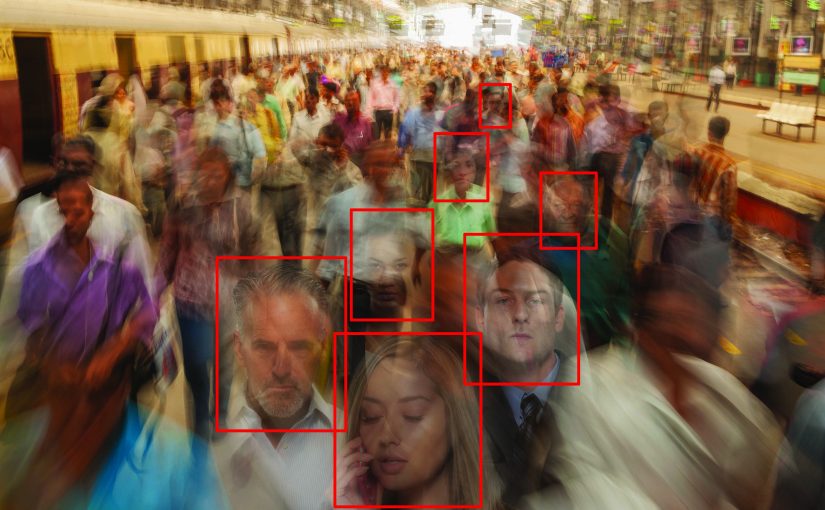Harnessing AI for Public Safety
Progress, Applications, and Considerations

Information technology has transformed police operations in many ways over the years, and one rapidly advancing capability has the potential to significantly change the work of officers and departments. Artificial intelligence (AI) is a category of computer-based services that can use reasoning and decision-making to solve complex problems without human input. These capabilities include object and person recognition, speech-to-text transcription and cross-language translation, and the ability to “understand” a person’s behaviors and predict behavior. AI systems have been used in the private sector for many years—people use AI when they ask their phone for the day’s weather or when their video streaming service recommends movies that they might like. Sophisticated AI capabilities are being integrated into solutions for policing, so it’s critical for agency leaders to understand AI’s capabilities and uses, as well as any related policy considerations.
The development of AI has been underway for many years, starting with systems that could solve a single problem and progressing to more sophisticated systems that could solve multiple, unique problems to achieve a goal. Some AI systems that may seem modern now were actually first developed many years ago. In 1972, engineers at Stanford University demonstrated Shakey, a robot with wheels and cameras that could perceive its surroundings and solve problems to complete complex tasks including opening different kinds of doors, navigating through cluttered rooms, and sorting objects.1 Mercedes-Benz developed a self-driving car that in 1994 drove itself more than 1,000 miles on highways and city streets from Munich, Germany, to Copenhagen, Denmark.2 These prototypes set the foundation for many of the AI-powered solutions in use today.
AI has been used in many industries for years to quickly derive insights from large volumes of data and spot patterns in data that a person might not. These AI systems have been used to “look backward”—analyzing existing data—but a new form of AI called “generative AI” uses existing data as the source material to create entirely new content. This capacity to create new digital content will yield both new capabilities and challenges for police agencies. ChatGPT is an example of a generative AI system that can create new written content for users by analyzing massive volumes of data and “tuning” its output based on a user’s prompt and feedback.3 For example, a user could have ChatGPT write a 1,000-word college-level paper on the U.S. Declaration of Independence. Generative AI systems have even passed bar exams in several states, along with the United States Medical Licensing Exam.4 This content creation capability could assist officers in writing reports but could also help criminals create compelling fraudulent documents. It’s already a challenge for colleges, which have discovered students using generative AI systems to write their papers.5 ChatGPT’s companion system DALL-E can analyze millions of images in the same way to create entirely new images.6 For example, a user could have DALL-E create an image of a painting of a small-town police station in the style of Norman Rockwell. This image creating capability could help officers to quickly create suspect sketches but could also enable others to create “fake” digital evidence.


